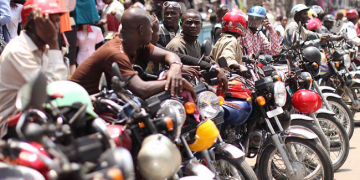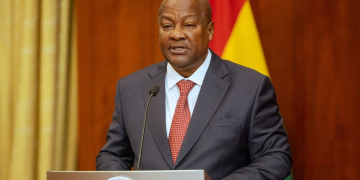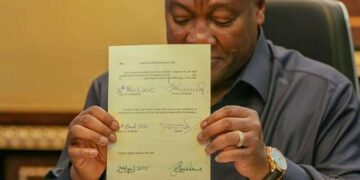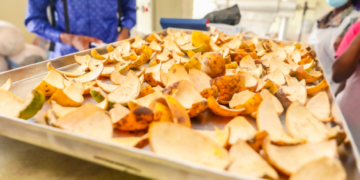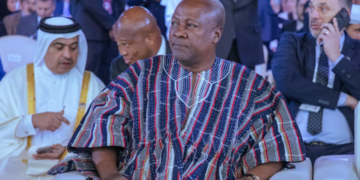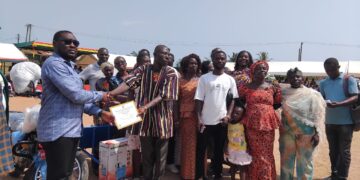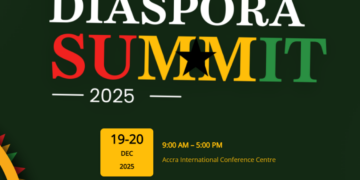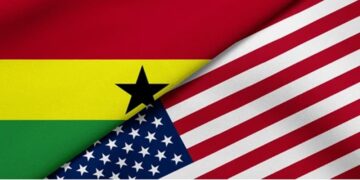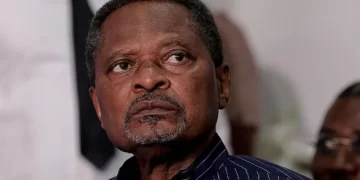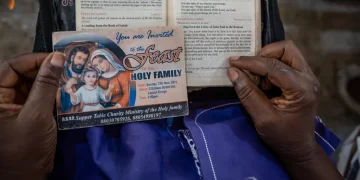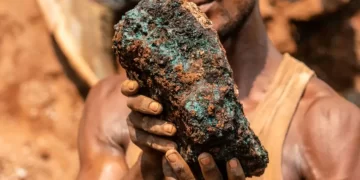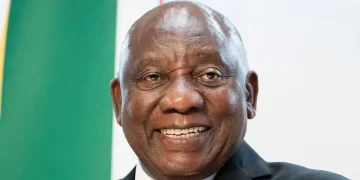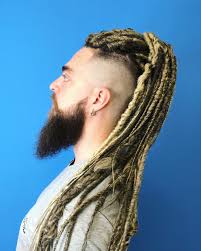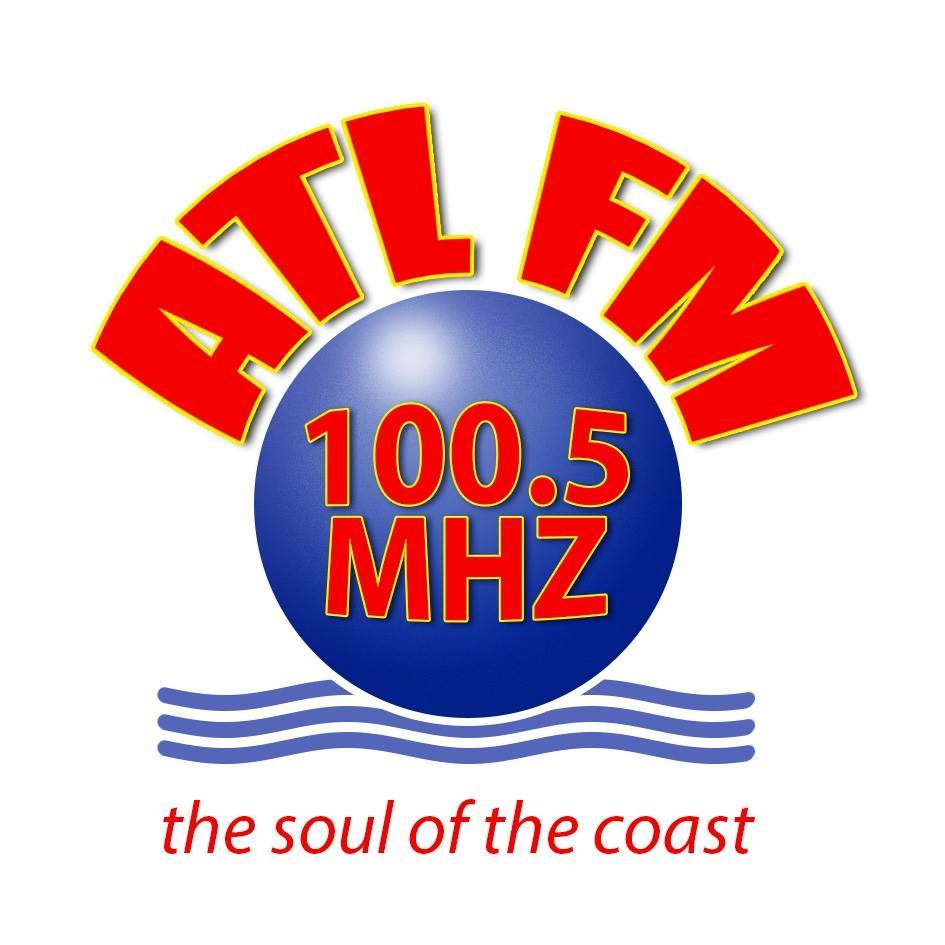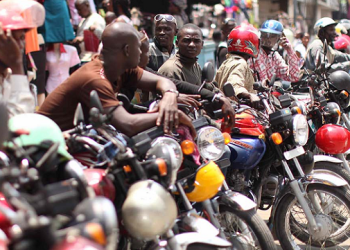From the ancient Maasai warriors to the spiritual leaders of the Akan, dreadlocks have deep roots in African culture. Over time, the notion of this distinctive style has changed, and what was once seen as a sign of rebellion is now a powerful statement in the world of African fashion. Today, dreadlocks are a hallmark of African identity, embraced by fashion designers, musicians, and influencers throughout the continent. Dreadlocks are one of the most beautiful and long-lasting hairstyles in Africa.
The Historical Roots of Dreadlocks in Africa
Many African ethnic groups have worn dreadlocks for millennia. Dreadlocks were more than just a hairstyle for the Maasai people of Kenya, the Himba of Namibia, and the Akan of Ghana; they were a symbol of strength, social standing, and spiritual ties. The way one styles their hair is highly symbolic in many African cultures, where it is considered an extension of the soul. Dreadlocks were frequently worn by leaders as a reflection of their wisdom, by priests as a symbol of spiritual purity, and by warriors as a statement of bravery and preparedness.
Western forces, however, attempted to stifle these traditional markers during the colonial era. Dreadlocks and other African hairstyles were frequently labeled as untidy or improper by missionaries and colonial officials. African civilizations were compelled to embrace European grooming norms, which resulted in the stigmatization of native African hairstyles and the acceptance of Western haircuts, particularly in formal and professional settings.
The Resurgence of Dreadlocks in Modern African Fashion
Dreadlocks have had a significant comeback in Africa in recent years, and they are now a key component of the continent’s contemporary fashion scene. Many Africans are re-embracing dreadlocks as a way to connect with their cultural heritage as the worldwide natural hair trend gains traction. In addition to reclaiming history, this renaissance aims to celebrate the beauty of African identity in a society that has traditionally held Eurocentric beauty standards in high regard.
Dreadlocks are becoming a major feature of the fashion scene in Africa, from the busy streets of Lagos and Accra to the colorful runways of Johannesburg and Nairobi. Designers are using locs in their collections, frequently combining them with modern styling, striking accessories, and traditional textiles. Additionally, haircare companies are changing to cater to the unique requirements of people with locks by offering solutions that preserve and improve the appearance. Dreadlocks are a potent symbol of self-love and cultural pride, and this movement has encouraged many people to embrace their natural texture.
Celebrities and Influencers Championing the Look
Dreadlocks are now associated with African celebrities, many of whom have contributed to the style’s rise from subcultures to the mainstream. Performers like Burna Boy, Yemi Alade, and Sho Madjozi proudly sport their locs, and their influence reaches beyond the music industry into the fields of fashion and beauty. By their success and prominence, they have defied stereotypes and demonstrated that dreadlocks can be just as fashionable and polished as any other hairstyle.
The current perception of dreadlocks has also been greatly influenced by social media influencers, who are demonstrating the versatility of locs—whether they are worn freely or styled in elaborate updos—and dismantling the boundaries of what is deemed acceptable in the beauty and professional spheres. The emergence of online platforms has given many people the confidence to wear their locs with pride, without fear of social criticism.
ICYMT: Ghana Publishing Boss unveils 24-hour economy policy
Dreadlocks as a Symbol of Identity and Expression
Dreadlocks are a significant identification statement for many Africans, not just a fashion statement. They are a celebration of African heritage and a statement of defiance against colonialism and Eurocentric beauty standards. In this context, dreadlocks are viewed as a political gesture, a means of proclaiming one’s heritage and restoring cultural pride. Dreadlocks are frequently seen by African youth as a sign of empowerment and self-love, as well as a rejection of conventional beauty standards.
The Future of Dreadlocks in African Fashion
Dreadlocks in African design appear to have a very promising future. Dreadlocks will continue to play a significant role in the fashion scene on the continent as the natural hair movement continues to gain traction. The African haircare sector is growing to expressly serve the needs of those who wear locs, and fashion designers are increasingly using locs in their advertising efforts.
Dreadlocks will remain a representation of African pride, tenacity, and artistic expression as society moves toward a more inclusive and varied definition of beauty. Dreadlocks are a classic approach to honor cultural history while making a statement in a time when individuality and self-expression are more important than ever.
In Africa, dreadlocks have evolved from a long-standing traditional custom to a popular fashion statement. They have evolved from being stigmatized and disregarded to becoming a potent symbol of resistance, identity, and self-expression. Dreadlocks have regained their position in contemporary African fashion thanks to the influence of influencers, designers, and celebrities, and their beauty and significance are being increasingly recognized. Dreadlocks will surely continue to be a representation of pride, genuineness, and cultural tenacity as African fashion develops and becomes more well-known worldwide.
SOURCE: PULSE GHANA

